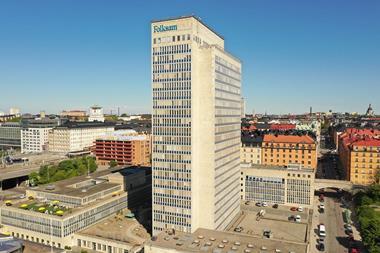Swedish pension fund AMF posted a 7.1% return for last year, in line with its 10-year average, with its investment chief citing a rapid equities response to market trouble in March as well as the fund’s increasing alternatives weighting as keys to success in 2020.
In preliminary financial results for last year, the blue-collar pension fund reported growth in total assets under management to SEK714.5bn (€70.5bn) at the end of 2020 from SEK673bn a year before.
Tomas Flodén, AMF’s CIO, said: “For many years, AMF has worked purposefully to adapt to take advantage of our ability to invest very long-term, and in a wide range of asset classes,”
The pension fund – one of Sweden’s three largest – had gradually increased the proportion of properties and other alternative assets such as forestry and energy investments as well as unlisted companies in its portfolio, he said, adding that this had made AMF less sensitive to turbulent periods.
“The past year has strengthened our conviction that this is a strategy that improves our opportunities to give our savers as good and secure occupational pensions as possible,” Flodén said in the results statement.
The 2020 total return is down from the 13.7% return AMF achieved in 2019, but only just below the average returns over five and 10 years, which both stand at 7.4%, according to the figures released today.
Of its various asset classes, AMF said equities has performed the strongest returning 10.6%, with fixed-income producing 4.2% and alternative assets ending the year with a return of 2.4%.
Flodén said that despite the “somewhat chaotic development” of last year, AMF had been able to continue increasing its unlisted and alternative assets, including investments made in online grocer MatHem and IT security company Yubico.
“During the spring, we quickly managed to reduce our equity exposure when we saw signs of financial turmoil, and at the beginning of the autumn we were able to switch up again when the economy picked up,” he said.
He described the return on the fixed income portfolio as good, and said the decline in the real estate portfolio had been less than feared, with the return having ended the year in the plus zone.
The solvency ratio – the market value of assets in relation to guaranteed commitments to savers – stood at 196% at the end of December, slightly up from the year-earlier level of 194%.
AMF is due to publish its full annual report after a board decision on the figures on 18 March.










No comments yet